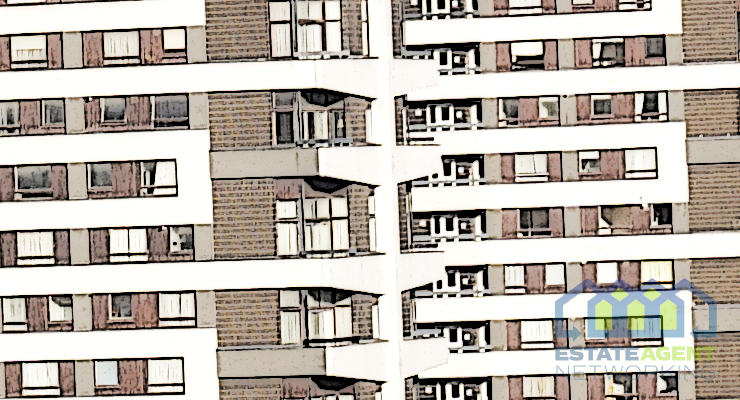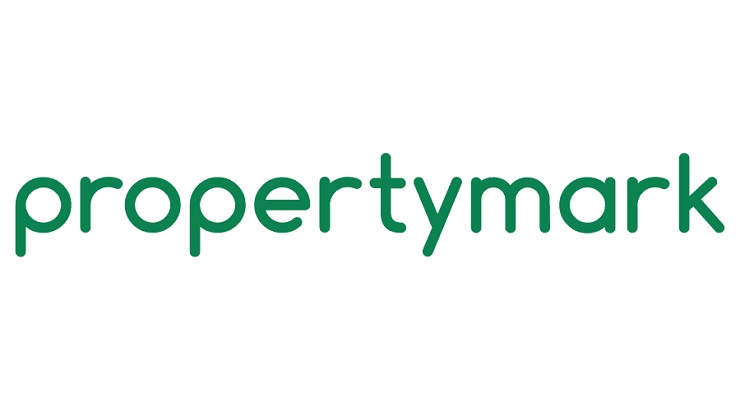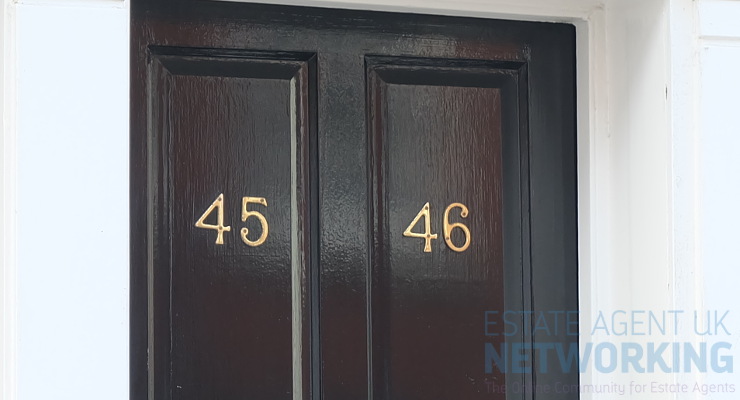Will buy-to-let investors now need a 60 percent deposit?
As the buy-to-let market becomes more tightly regulated, it could see lenders offering 40% mortgages. Stress testing will have to be introduced by banks according to the Bank of England as a result of the new tax changes that will be coming in to effect next year. The idea behind the test is to ensure that they can afford the rate of 5.5% and that the rental income covers 145% of their mortgage.
Landlords will be unable to offset their mortgage interest costs against their rental income from next April and this could increase the financial burden for many. This has seen three banks; Nationwide, TSB and Barclays introduce a standard rental cover of 145%.
Property crowdfunding website, Property Partner has carried out research that has found that a 60% deposit would be required by many landlords in order to meet the requirements of these banks. In those areas that had the lowest rental cover such as Worcester, Chichester and Bedford, the analysis found that it would only be possible for landlords to obtain a mortgage with a deposit of 60%.
The average price of a property in Worcester in £188,694 and the average rental cost is £492. This would mean that landlords would be expected to find a 61% deposit in order to qualify. The specific products introduced for this area is not an unmanageable prospect and it is likely that lenders are now going to target certain landlords who have large deposits.
The majority of mortgage deals would already be available to those borrowers, however, the rates are the same as that offered to those landlords who have a smaller deposit. There is a possibility that banks may see this as a chance to lend to those landlords who are a lower risk as they have a large amount of capital at rates that are more encouraging.
Essentially, this could mean that the banks will consider looking at offering safe and low, loan-to-value lending but building societies seem to be inventive with the products that they offer. There is a belief that lenders should offer landlords mortgage deals that come with very good rates.
Recently, low loan-to-value mortgages have been seen in the residential market and this could mean that lenders decide to offer the same for buy-to-let mortgages. Coventry Building Society has just launched a ten year fixed rate mortgage that comes with a maximum loan to value of 50%, there are also a few other Banks and Building Societies that also offer these deals.
This is a trend that could make its way into the market for buy-to-let properties for sale but it hasn’t been seen yet but it is possible that it could increase as the regulation becomes a lot tighter. However, it is important that landlords to not panic about the regulations and the impact they could have. This is because the areas identified in the study offered very small yields.









